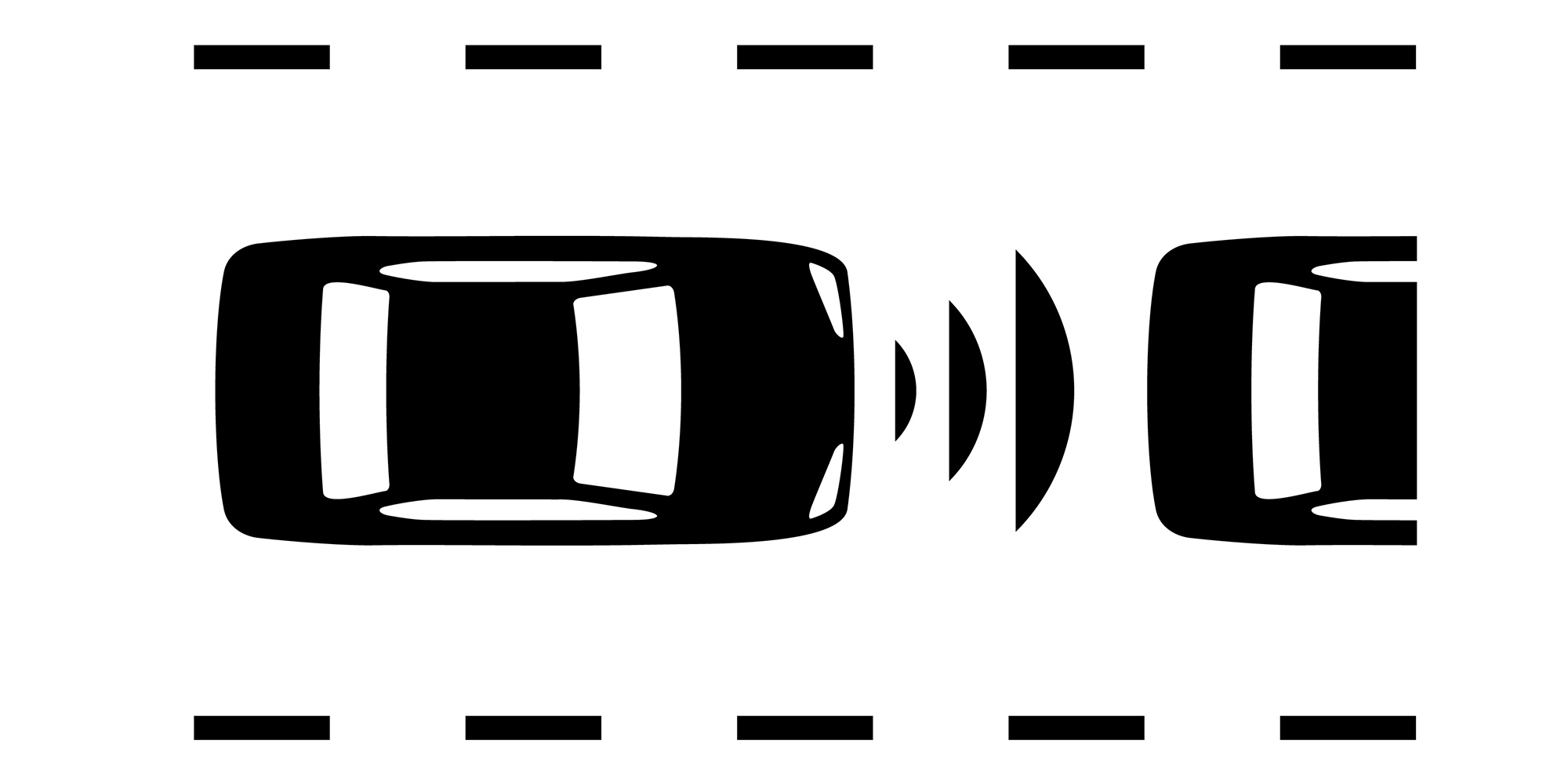
‘Dangerous’, ‘annoying’ and ‘absolutely hopeless’: what you’ve told us about driver assistance tech

Driver assistance tech (known in the industry as advanced driver assistance systems, or ADAS) is designed to make drivers, passengers and other road users safer. However, we’ve received hundreds of emails from drivers, most of whom think it does the opposite.
Last year, Which? uncovered a potentially dangerous issue with the lane keep and lane departure warning systems of the MG 4 electric car. MG has since released an update to fix the problem, but it raised a wider issue around ADAS in cars.
As part of our investigation, we asked drivers to share their thoughts about ADAS in general. While some drivers who got in touch spoke positively about their experiences, most were damning in their condemnation of the system.

Below, we’ve published a selection of comments from Which? members, but it’s important to state that, in general, we don’t recommend turning off safety tech. Instead, it’s better to fully understand the tech and take action to make it work as best as possible for you – we’ve included some tips on how to do this below.
Earlier this year, we also ran a representative survey of 1,584 drivers to gauge their feelings on ADAS. This showed that around half of the respondents were turning off at least one ADAS feature; you can read the full results in our separate story.
What you told us about lane assist

Of all the driver assistance tech, most of the complaints we received were about lane assist, which is designed to keep your car in its intended lane.
Mike Higgins, who owns a Volkswagen Polo, told us: ‘I could feel the lane assist pulling the car to the nearside, even though I was driving in a straight line in the correct position within my lane. Had I not taken corrective action, the car would almost certainly have driven itself onto the grass verge.’ He added that he’s now looking to buy a Morris Minor without any safety systems to make life easier.
Hyundai Tucson driver Brian Roddy said: ‘I find it overreactive and at times unsafe, particularly when lane changes occur on multilane roundabouts and when white lines cross over. The system gets confused and tries to alter the direction with a fair bit of force, and when in heavy traffic, it can be quite dangerous.’
Gerald Wilson, who had rented a Cupra to use on a foreign holiday, said: ‘We have become resigned to being nagged about lane-keeping’. An Audi A5 driver described their car’s lane assist technology as ‘very dangerous’.
Although in the minority, others were more positive about lane assist. One Volvo XC40 PHEV driver commented that the tech doesn’t go far enough, saying that it’s ‘too mild and hardly vibrates the steering nor pushes the car back to its lane when it crosses a white line’.
Meanwhile, George Wigglesworth, who drives a Toyota Land Cruiser, simply described the car’s lane assist tech as ‘lovely’.
How to make lane-assist work better:
- Make sure that you indicate when changing lanes or overtaking; this tells your car that you intend to cross a lane, so it won’t try to intervene.
- Look in the settings for options to tweak the lane-assist sensitivity settings.
Best electric cars for 2025: see the models that aced our independent lab tests
What you told us about speed-limit warnings

Designed to warn drivers when they’re going too fast, speed-limit warnings proved troublesome for plenty of drivers.
MG 5 driver Iain Malcolm complained about the reliability of the speed-limit warnings on his car, telling us: ‘After some roadworks on an A road, I joined the M1 and drove 40 miles with the car convinced that the speed limit was still 40mph, which would have been dangerous.’
Kia Niro EV driver Robert Etherington said the system was ‘absolutely hopeless’ after it detected a speed limit near a school as 80mph.
Gerald Wilson, who rented a Cupra while abroad, went further, describing the system as ‘demonic’. He told us: ‘Picture it. I’m driving at speed on the motorway at 110 km/h. The car suddenly brakes to 40 km/h because it has glimpsed a speed restriction on a side road – this is downright dangerous.’
Ian Morgan, who previously owned a Kia Soul EV, complained that his car’s loud speed limit warning was ‘particularly annoying when the speed limit on the satnav was out of date’. However, Ian was more positive about the Kia EV3 that replaced the Soul, as the speed limit warning is ‘much quieter’.
How to make speed-limit assist work better:
- Check with your local dealer for software updates, as these will contain the most up-to-date speed limit information.
- On roads where you’ve previously experienced incorrect speed-limit alerts, turn off speed-assist (where the car matches the detected speed limit).
Best car deals: see the cars with the most significant cash and finance discounts this month
What you told us about AEB

Plenty of drivers also mentioned issues with autonomous emergency braking (AEB) technology, which is designed to bring the car to a sudden and complete halt if it detects an object in its path.
One driver said that their Kia Ceed responded to joining a lane of traffic by ‘slamming on the brakes, causing much consternation to me and the driver behind’. The owner continued, ‘worse still was the system would also activate when negotiating tight bends if there was a pedestrian on the pavement on the outside of the bend’.
Meanwhile, Ian Cartwright, who used to own a Jeep Compass 4xe, said that the car’s AEB was ‘overly sensitive and intrusive’. However, he added that his latest car, a Mini Countryman Electric, is much better and described its safety systems as ‘perfectly acceptable’.
How to make AEB work better:
- Keep your car’s AEB sensors clean (they’re usually located on the windscreen or front grille).
- Check for settings that let you adjust its sensitivity.
Car safety features explained: get up to speed on the tech designed to keep you safe on the road
What the manufacturers say
We gave all the brands featured above the opportunity to respond to the criticisms of ADAS technology.
Hyundai told us: 'Like any camera or sensor-based technology, ADAS performance can on occasion become impaired by external factors such as ambient weather, driving style or poor road conditions and markings. In the event of influence from an external factor, drivers can choose to easily deactivate ADAS functions to ensure consistent vehicle performance. ADAS aren't intended to provide completely autonomous functions; the driver will always retain ultimate control over their vehicle. Hyundai is constantly developing ADAS systems to enhance driver feedback and further improve driving safety.'
Kia told us: 'The safety of all road users and pedestrians is Kia’s highest priority, with every product meeting or exceeding recognised standards for both passive and active safety. To enhance the driving experience and personalisation options, Kia offers customers free software updates. These updates help ensure that drivers have access to current and reliable map data. The most recent OTA [over-the-air] release introduces a more streamlined interface for adjusting safety system settings, alongside a range of other convenience features.'
Volvo told us: 'Our lane keeping aid is designed as an added 'just-in-case' layer of safety to help prevent accidental high-speed lane departures through warnings and steering interventions. It exists to support the driver and doesn't reduce or replace the need for them to stay focused on driving.
'We spend countless hours calibrating these technologies and aim to deliver the right level of support without being over or under-intrusive. While individual views may differ...overall the feedback we have received from thousands of owners helps give us confidence that our application of this technology is effective and well balanced.'
Meanwhile, Volkswagen said: 'Without having the details on these cars or the time to investigate the individual cases, it’s impossible to give a meaningful response. Suffice to say, all driver assistance technology features are designed to – and do – make driving safer and more convenient.
'We’d urge any owners who believe the technology isn't functioning correctly in their specific vehicle to speak to their retailer, both to understand how it's intended to work and to make sure there are no faults.'
Expert opinion: ADAS can be annoying, but don't turn it off

Dino Buratti, Which? cars expert
The stories we’ve heard from drivers are a clear signal that many manufacturers need to work harder to create assistance technology that’s fit for use on public roads.
It's also unsurprising that negative experiences lead people to lose trust in the tech, causing them to turn it off every time they drive – a far from ideal outcome.
While some tech can be annoying, it could also potentially save your life – particularly AEB and emergency lane keep (where the car intervenes if it thinks you’re unintentionally straying out of lane).
While some tech can be annoying, it could also potentially save your life
Similarly, blind spot monitoring systems, which warn you of nearby vehicles when you’re changing lanes, are hugely beneficial on dual-carriageways and motorways, especially since most modern cars have poor all-round visibility.
As highlighted above, there are several things you can do to ensure any tech your car has works as well as it can. We’d also recommend thoroughly familiarising yourself with your car’s safety tech and its various settings, particularly when driving a car for the first time. Similarly, avoid making adjustments while driving, as this can be distracting and potentially dangerous.
We’re continuing to work with industry bodies on how driver assistance tech is integrated into cars and tested to make sure it works in the real world.
Drive smarter and cut costs using our expert advice: get our free monthly Cars newsletter
